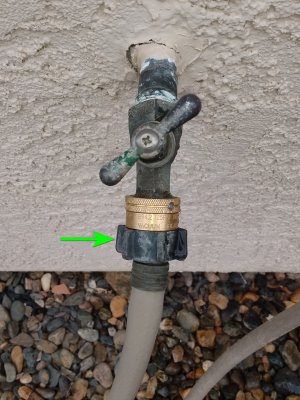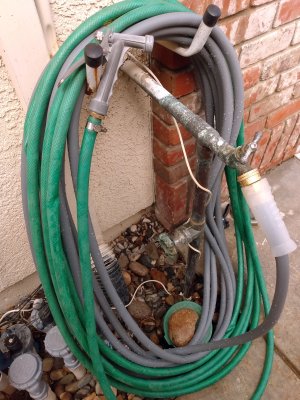I finally got around to replacing the vacuum break on two of our spigots that shower you every time you turn the water off. I was lead to believe the correct function was supposed to be a modest/manageable spurt of water that declines to a trickle and then stops, not a shower soaking like we been receiving for a couple years. But it is NO better, it might friggin be a little worse!
Is this how these things actually are intended to work, you get a soaking no matter how far away you try to stand in any direction while reaching to turning the water off? If so, is there a better solution? Edit: our water pressure here is good, but like commonplace good, not uncommonly or fabulously good.
Is this how these things actually are intended to work, you get a soaking no matter how far away you try to stand in any direction while reaching to turning the water off? If so, is there a better solution? Edit: our water pressure here is good, but like commonplace good, not uncommonly or fabulously good.
Last edited:







